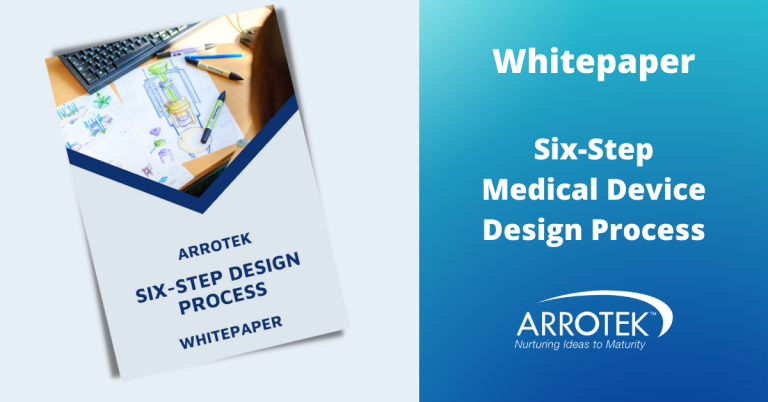Design verification and design validation are essential parts of the medical device product development process. Sometimes referred to as V&V, it’s important to understand what both terms mean and how they differ if you are about to embark on a medical device product development project.
This is because V&V can take more time than necessary if proper design controls are not put in place in the early stages of the design process.
In other words, both design verification and design validation are made easier if you have well-documented user needs, design inputs, design outputs, and outcomes from design reviews.
What Do the Terms Design Verification and Design Validation Mean?
Design verification and design validation are terms that are often used together, but they mean very different things.
You then need to add to this mix the fact there are many different types of verification and validation, some of which apply to medical device product design and some don’t.
Design validation is only one type of validation. Another, by way of example, is process validation, a topic we have covered in a previous blog.
In this blog, we are going to focus specifically on design verification and design validation as they apply to Design Controls.
These definitions will help you understand the difference:
- Design verification confirms the device was designed correctly
- Design validation confirms you designed the right device
Let’s look at both in more detail.
The Design Verification Process
The objective of design verification is to demonstrate your design outputs (i.e. the medical device product you have designed) meet the design inputs (which you derive from the process of defining user needs).
It is good at this point to reference an image from the FDA we have published previously. It is the design control waterflow diagram and it outlines the design control process:

So, in summary:
- You start by defining user needs
- You then use the user needs definition to create design inputs, i.e. you define what you want to design
- Then, you go through the design process
- The result of the design process is the latest iteration of your medical device product – this is your design output
- Verification should happen at this stage to ensure the design output matches the design input
How do you verify the design? Testing is often a big part, but design verification often also involves visual inspections and analysis.
As stated previously, having good documentation helps ensure the design verification process is as efficient as possible.
Another good strategy to ensure efficient design verification is to consider how you will verify design inputs before moving forward to the design process. In other words, you should think about and plan for design verification at the earliest possible stage.
The Design Validation Process
Design validation confirms you have designed the correct product. So, design validation must refer all the way back to user needs.
Defining user needs is one of the first things you must do in the medical device product design process. The things this definition will contain includes:
- The medical device product’s purpose
- What the medical device does
- The diseases, conditions, circumstances, or situations where the product will be used
- Whether the medical device treats, prevents, cures, diagnoses, or mitigates
- The type of patient who will benefit from the product
Design validation ensures the medical device design meets your user needs definition.
Design validation usually occurs when you are in the final iterations of the design process and it usually involves using a small batch production run of the product.
Importantly, the product must be fully produced including all packaging, labelling, usage instructions, and anything else that will be with the product when it is launched on the market. Everything must be validated.
The process itself usually involves clinical evaluation which often includes either clinical trials or simulated trials using, for example, mathematical modelling.
Another common approach is to compare the medical device product with a similar product already on the market that is used for a similar purpose.
Inspections and analysis are part of the process too, but testing is the most important method of design validation.
The Importance of Design Verification and Design Validation
Both design verification and design validation are essential processes to go through and document to ensure your new medical device product gets regulatory approval. The processes also improve the design of your product to give it the best possible chance of success.





